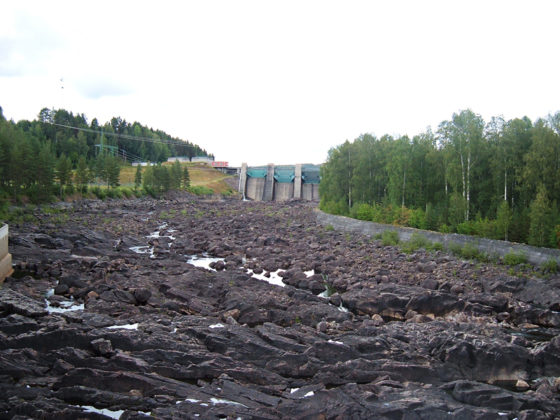
An international conference on fish-friendly hydropower was held in mid-March to mark the end of the EU-funded research project FIThydro that began in 2016. The project set out to explore potential strategies and measures that could reduce the negative effects of hydropower installations in fish using existing and innovative technologies.
It was a multi-disciplinary project involving a range of stakeholders, and addressing a range of objectives from assessing the response and resilience of fish populations in affected rivers to a Risk-based Decision Support System for planning, commissioning and operating hydropower plants.
For the uninitiated, the programme introduced a lot of new concepts, such as intermittent flushing, E-flow criteria for natural extreme events, and hydro-peaking. It also explored very specific topics such as the effects of different pressures and mechanical resonance on fish. However, it was clear that there is scope for improving current practices, both in terms of physical modifications to the equipment and to how it is used by the hydropower companies, as the project explored ways to reduce the effects on sediments and flow rates, and ultimately fish populations.
In the future, speakers said, hydropower has to use more flexibility and dynamics to reduce environmental effects. For example, weirs can be operated in a way that mimics natural variation in water flow – this is what intermittent flushing is all about. A fish tracking algorithm had also been trialled, with which fish could be observed without implanted sensors, in order to better understand behaviours and reactions to flow. In this way, the different needs of different species could also be better taken into account, as we know eel movements in the river are different from salmon, for example.
Some solutions seem more promising than others, and even if it is not possible to go back to natural conditions in a river with a hydropower station, they deserve to be considered when looking at existing hydropower installations. Some adjustments, such as hydropeaking – introducing flow fluctuations downstream of reservoirs – can be used without technical adjustments. The participants agreed, however, that governmental support is needed for most of these investments.
According to speaker Dr Peter Rutschmann, a Professor of Hydraulic and Water Resources Engineering at the Technical University of Munich, hydropower plants are currently optimised just for economy, but they could also be optimised for fish, provided that the right incentives are there.
Some countries, such as Sweden and Switzerland already have special environmental funds set up to help with improvements. However, panelist Claire Baffert from the WWF European Policy Office expressed that while it would be helpful with stronger requirements for mitigation measures at national level for both fish and sedimentation, there is also a lack of consideration of dam decommissioning as an option.
It may well be the best option for old and obsolete hydropower installations, especially as the removal of dams and weirs has been shown to be the most effective option for fish stocks.